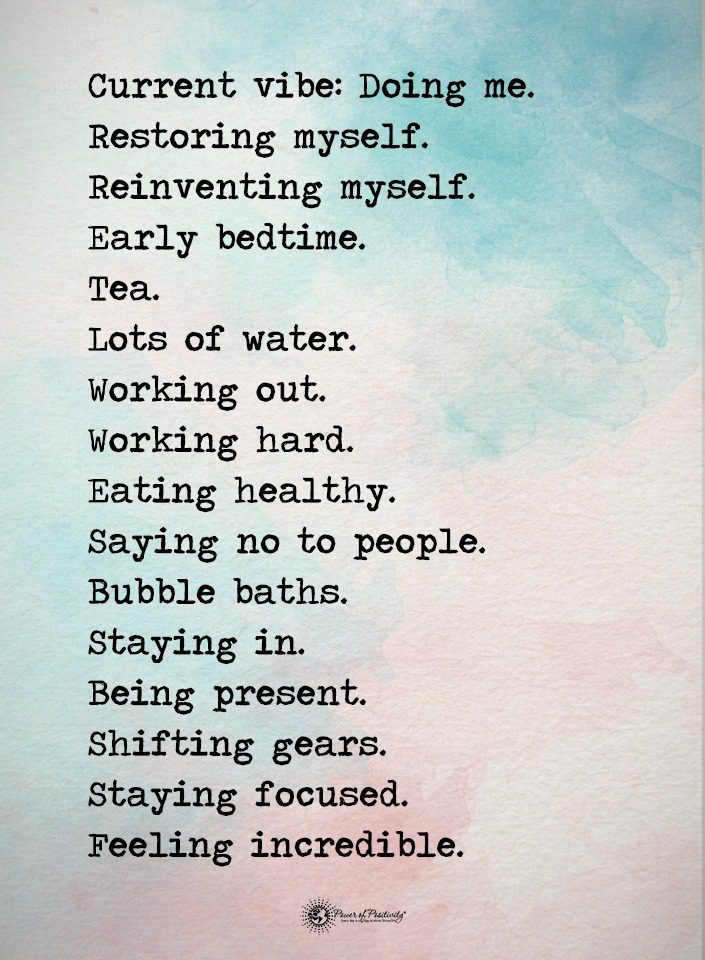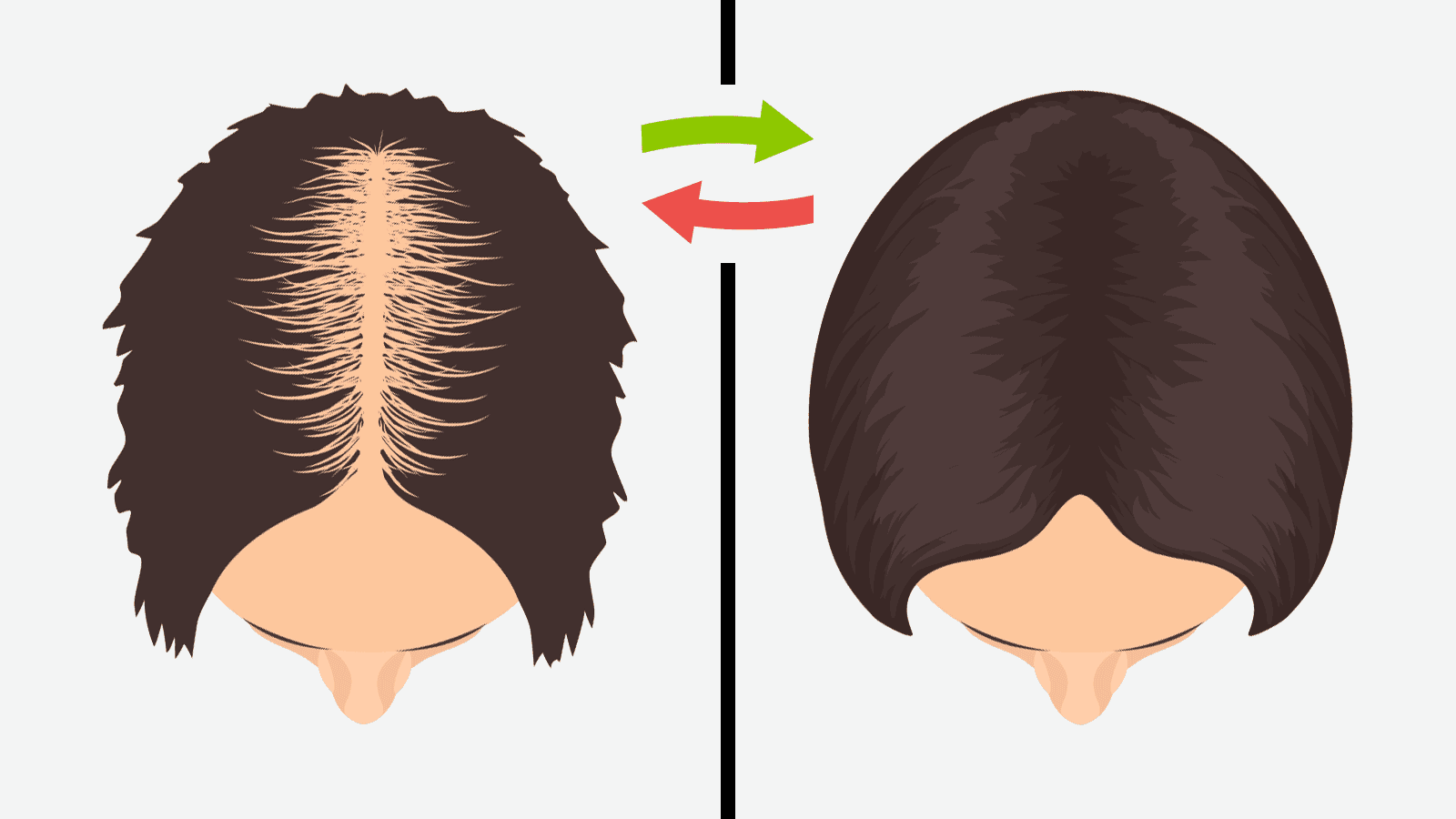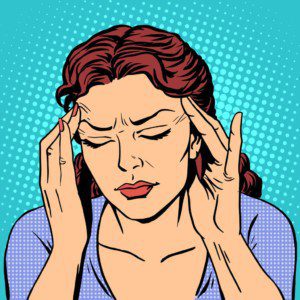Contrary to popular belief, introverts don’t love constantly being alone. Alot of people falsely believe that introverts are true lone wolves, and we perfectly find going our entire lives without a significant other.
Granted, warming up to someone takes us longer than most, and we have to really like someone before we give up some precious alone time to be with them. But introverts are people just like everyone else, and even the most reserved ones still crave the love and companionship of a healthy relationship.
Finding love is a challenge for anyone nowadays; online dating transformed the way we meet potential partners, and many people decided to forgo monogamy altogether in favor of friends with benefits and hookups.
For introverts, love is something sacred. We crave the connection with someone whose company is as comfortable as our solitude. It isn’t easy to find them, and it’s even harder when your friends are out every Friday night and you’re pumped to Netflix and chill for the entire weekend.
Here are a few reasons why finding love is so hard for introverts along with some introvert dating tips to help you break out of your comfort zone and find the love you’ve been dreaming about!
We Don’t Socialize as Much
The most obvious reason dating is hard for introverts is the fact we don’t take as much opportunity as extroverts to meet people. While our counterparts typically can’t get enough of going out and meeting new faces, we’re all about that homebody life. We enjoy a night on the town with our friends, but the idea of spending our precious free time trying to converse with complete strangers is about as appealing as gouging our eyes out with a fork.
Introverts don’t need to go out as often as extroverts to feel content, and once we find a tight-knit group of friends, we don’t tend to seek out additional companions. For this reason, introverts find themselves stuck in a rut when it comes to love. We aren’t the type to rush out and meet new people, so finding a partner (and actually getting to know them) is a challenge.
Small Talk Isn’t Our Strong Suit
Everyone says they hate small talk, but to an introvert, meaningless chatter is practically hell. We despise all the topics people usually rely on as ice-breakers; as we tend to only thrive off deep, meaningful connection, the light-hearted talks that are commonplace when first getting to know someone are practically non-existent in our lives.
Most of our friends came into our lives through shared interests, and we had something to discuss right off the bat. Small talk and all its trivialities don’t appeal to introverts; some of us might even have social anxiety.
We might find the person who keeps making eyes at us in the coffee shop adorable, but we have no idea how to approach them or what to say.
We Need Time to Recharge
Half of the U.S. population are introverts, but most people still don’t seem to understand the nature of our personalities (1). After a night out with friends, we require at least a day or two to ourselves to recharge. That’s literally what it feels like. Imagine your cell phone battery; it drains even just by keeping the phone on. When you throw an introvert into a social situation, we use up all our “battery power” engaging with others. Even if we had a fantastic time, we still can’t wait to get home and spend some quality time by ourselves to recharge.
Many people might find this to be standoffish, especially when you’re first getting to know one another. An introvert has a tendency to withdraw simply because they enjoy being by themselves, but a date may just take their reserved nature as disinterest.
We Don’t Usually Make the First Move
We won’t strike up conversation 99-percent of the time, which means we’re left waiting for love to find us. Our dating lives are usually pretty dull because opportunity doesn’t fall into our laps all that often. Plenty of perfectly lovely people are single and available, but they’re too shy or introverted to approach others.
We’re more likely to drop our eyes the minute we lock gazes with the attractive stranger on the subway and spend the rest of the day fantasizing about them rather than just saying hello.
We Overthink Everything
Building off the last point, an introvert is marked by their analytical and introspective nature. We constantly wonder how we performed in a social situation, and we tend to replay conversations over and over in our heads after they’ve occured. Sometimes, we’ll get second-hand embarrassment just thinking of something potentially awkward we may have said the other day.
Because we tend to worry about other people’s opinions of us or become overwhelmed by the uncertainty of a future social interaction, we usually just steer clear of any potential stressors altogether.
This isn’t true for all introverts; many will tell you that they’re generally not concerned with other people at all, which is an equally challenging facet of our personalities.
Finding Love as an Introvert
If you’re here for some dating advice, get out your pen and paper. These are some simple, practical introvert dating tips you can follow to find love as an introvert that won’t leave you exhausted before you even begin.
Make a List of What You’re Looking For
Have you ever felt like dating is just a waste of time? You’re forced to socialize with someone, realize you don’t click, and then are faced with the horrifyingly awkward conversation of telling them you’re not interested.
To avoid getting stuck in the cycle of bad dates and missed connections, write down a list of the qualities your future partner must have. Start with dealbreakers, then work your way down to the desirables. Make sure that you focus on truly important qualities such as a love for art or a shared religion.
No one wants to waste their time with people they don’t have a future with, and that statement applies tenfold for an introvert. You only want to socialize and get to know people you have an immediate connection with; understanding your must-haves will help you avoid burnout.
If you’re not sure whether someone has the potential to be a partner, consider scheduling a phone call or video chat before meeting in real life (if you’re using dating apps or got set up by a friend). This will give you an instant feel for who they are and whether or not you should bother meeting up.
Focus on Your Passions
Pursue what you love outside of the home. You can go to the museum or poetry reading, join a book club or any other activity that taps into what you love. When you meet someone while doing one of these activities, you’ll already have something in common that you both love to talk about.
Don’t Be Afraid to Speak
This might feel like it goes against your character, but speaking up and engaging with people more is one of the most effective introvert dating tips. People with introverted personalities tend to be great listeners, and many of us are quite the conversationalists once we feel comfortable around someone! However, sometimes you have to go the extra mile and push yourself to be a bit more social if you want to get to know someone better.
While you might naturally be more on the quiet side, dare yourself to speak up when you want to. Participate in conversations and actively contribute; what you have to say matters, and the right person will love hearing all the ideas nestled in your head.
Ask Your Closest Friends to Set You Up
You may not want to go online or play the dating scene IRL, and that’s fine. Your best friends know you well, so why not ask them if they know anyone you’d be a good match with?
Don’t Rule Out Extroverts as Potential Lovers
Your next significant other could be an extrovert. The thought might make you cringe, but you’d be surprised at how well introverts can be paired with extroverted partners. You both rest on opposite ends of the social spectrum, but that’s exactly why you may find you share an incredible synergy with the right person.
Extroverts who understand and appreciate an introvert’s need for alone time can develop deeply satisfying relationships that feed off one another’s unique qualities.
Don’t Lose Hope
Being single isn’t the worst thing in the world. You may fear that your introverted ways will leave you flying solo forever, but love will find you eventually. Don’t be afraid to break out of your comfort zone and try something new every once and awhile. Finding a significant other shouldn’t be your sole reason for going out, but if you decide to test the waters, why not keep your eyes (and heart) open for love?
Introverts can make wonderful partners, and even if you require more alone time than your future partner, the right one will understand and respect your nature. You’ll be able to still feel comfortable and content with them by yourself, and you’ll never have to worry about feeling guilty for needing some time alone.
While you follow these introvert dating tips, make sure you focus on your own life as well. Practice self-care daily; being single can take a toll on our self-esteem if we struggle to find love, so remember to love yourself first and enjoy the life you’re living today!
https://www.youtube.com/watch?v=dFDvNfQm2kc











